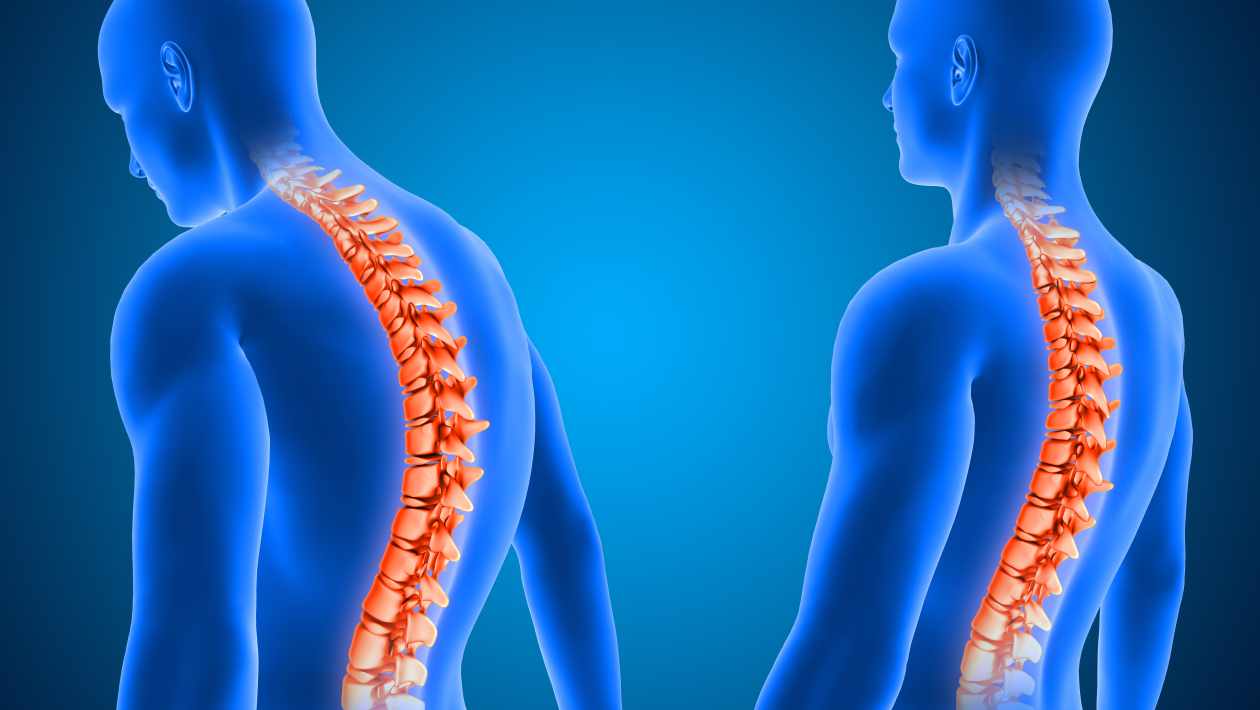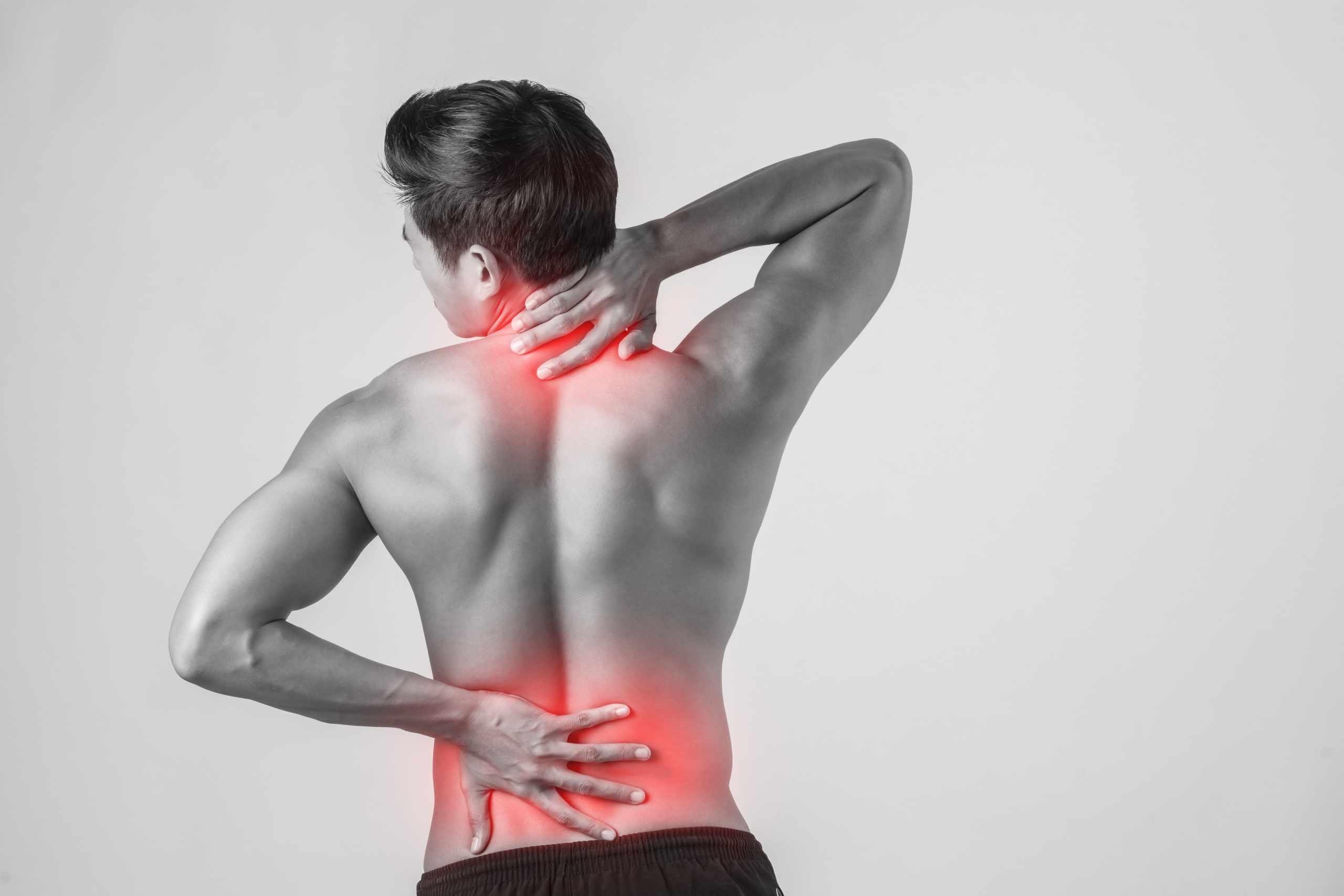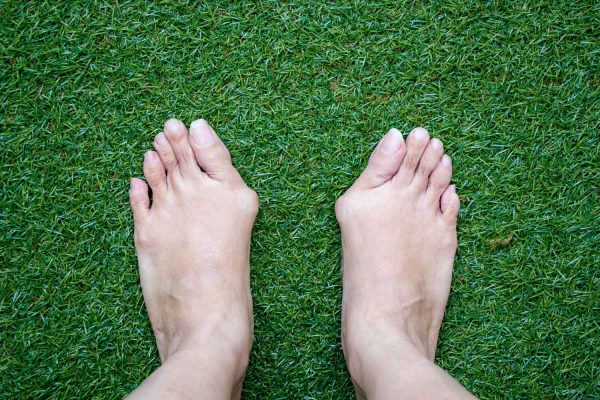Our body is a mix and match of organs, muscles, bones, vessels and nerves. If any one of them suffers, the whole body has to suffer from pain, anxiety, stress, loss of confidence and loss of hope. It is completely irrelevant if we talk about the wellness of one and not the others. If all of them are working fine, then only you can call yourself free from diseases. Every one of them is crucial. But the ones who create the structure of the body are called bones, the skeletal structure. In this skeletal system, the most important structure that supports the body weight is the vertebrae.
Today, let us talk about the cervical vertebrae in our body.
Table of Contents
Vertebral Column
The vertebral column, also known as the spinal cord or spine is the most crucial part of the skeletal system. It creates the central axis of the body and supports the weight of the body by transmitting it to the ground with the help of the lower limbs.
Due to the spinal bones, the upper body has support to stand straight or bend to make a curvature.
When talking about the curvatures, in the books of anatomy, the curvature is explained within the two planes. One is sagittal and the other is coronal. This curvature creates the elasticity in the spine and provides it with a property of resistance toward excess weight.
The vertebral column consists of 33 vertebrae. They are as follows:
- They have 7 cervical vertebrae which we will be discussing in this article.
- There are 12 thoracic vertebrae. In these vertebrae, there are typical vertebrae which are the same in structure and atypical vertebrae which are completely different from each other. Talking about the typical ones, they have a structure including parts namely the body, vertebral foramen, superior costal facet, pedicle, transverse process, lamina, spine, facet of tubercle of rib and superior articular process.
- There is the presence of 5 lumbar vertebrae.
- As we move downwards, there are 5 sacral vertebrae present together with the 4 coccygeal vertebrae.
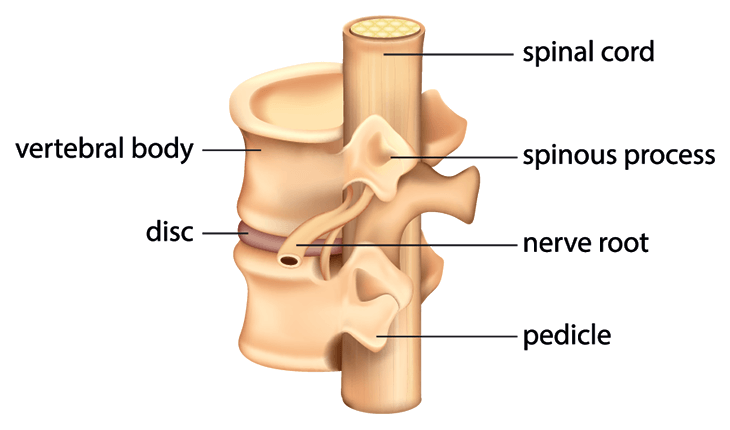
Cervical Vertebrae
The cervical vertebrae are the uppermost part of the vertebral column. There are 7 cervical vertebrae in number as mentioned above. The cervical vertebrae have eight nerves, with seven lying under the first six vertebrae and the eighth nerve lying under the seventh cervical vertebra. Cervical vertebrae are responsible for the movements of the neck. If by any chance these get injured, the movement of the neck gets hampered. It is responsible for the up and down, left and right and surrounding movements of the head. The cervical vertebra is also eligible for the flexion and extension of the neck.
Structure of Cervical Vertebrae
The structure of the cervical vertebrae is not the same in all seven. The C1 and C2 are atypical with C7 being the most unique. The vertebrae namely C3, C4, C5 and C6 are typical vertebrae which means they look alike. Their structures are explained below:
- C1: It is known as the atlas. It supports the weight of the skull.
- C2: It is called the axis. It has a bony protrusion called the odontoid process.
- C3 to C6: They have a vertebral body, arch and facet joint.
- C7: It has a larger surface area that attaches to the thoracic vertebrae.
Why Is Cervical Vertebrae Important?
There are several functions that only and only cervical vertebrae can perform due to which they are of great importance. Below are given uses if cervical vertebrae:
- They provide a wide range of movements of the neck especially C1 and C2.
- It carries the weight of your head.
- They protect the spinal cord by providing a bony cover all around it.
- As mentioned above, it has a vertebral foramen responsible for giving way to peripheral spinal nerves.
- It is also required to protect the blood vessels associated with it.
Disorders Associated With Cervical Vertebrae
There are multiple disorders associated with the cervical vertebrae. They are cervical stenosis, cervical arthritis, fracture of the cervical vertebrae which can only be treated surgically, degenerative disc disease and many more to go with. If we talk about the causes which trouble you in general, they would be any underlying disease, postural defects or any sort of trauma.
Learn The Treatment
The treatment for the pain or sprain kike conditions in the cervical vertebra are:
- Exercise: Warming up your neck muscles by rotating them around and moving them sideways is going to relax your muscles. The flexion and extension that is moving your head up and down also relaxes you. If you experience vertigo by making this move frequently, you are then suffering from cervical pain.
- Posture: Mostly the pain in the neck region or the stiffness of the movement is due to the decreased curvature of the cervical bones. This happens due to one static movement in which you work all day long. Thus, having a relaxing posture will help you with cervical issues.
- Heat Therapy: When the muscles are stiff and become painful, what can be done for instant relief? Heat therapy is the best and cheapest treatment for it. Heating pads are applied to the muscular area. The heat relieves the pressure and pain in the area and provides relaxation to you.
- Electrical Therapy: Electrical therapy like TENS (transcutaneous electrical nerve stimulation) is very useful. The 15 to 20 minutes of the session give you relief for some time but it is only a temporary treatment. If it is done regularly, it might get you off the pain.
- Massage: Hand massages with the essential oils can perform magic. There are some vital points which are available in the neck region, pressing on which can give you relief from the pain.
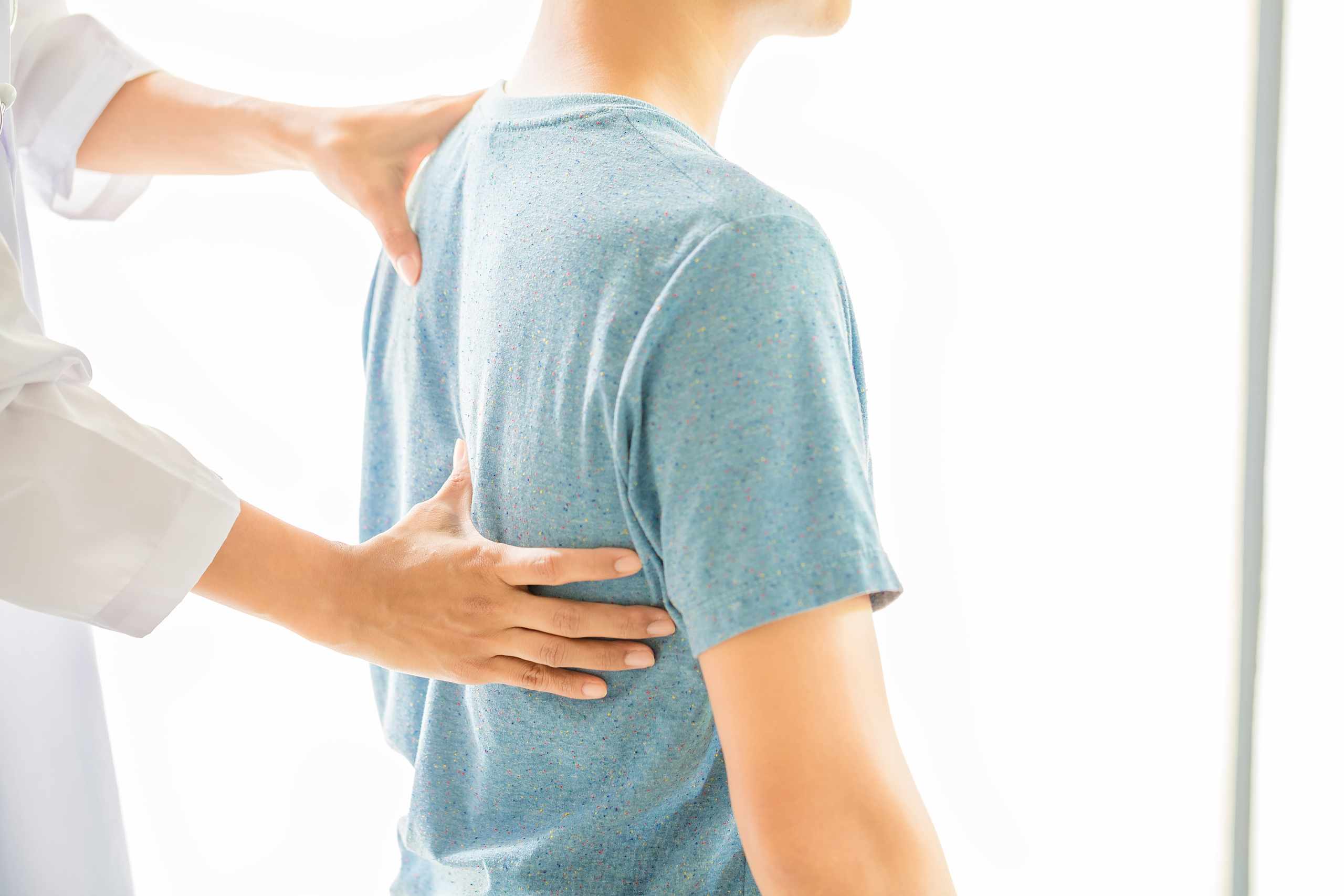
- Cervical Traction is another way of getting you away from the painful suffering happening in the region of the cervical vertebrae
Summing Up
This was all about the cervical vertebra. If you have any of the above-given diseases associated with the cervical vertebra, you must get it diagnosed immediately.
I am an Ambitious girl with a special interest in writing and sharing my knowledge. I love to hangout with nature and learn from it. My words will display the power of nature to the best as I love to write about the environment.

